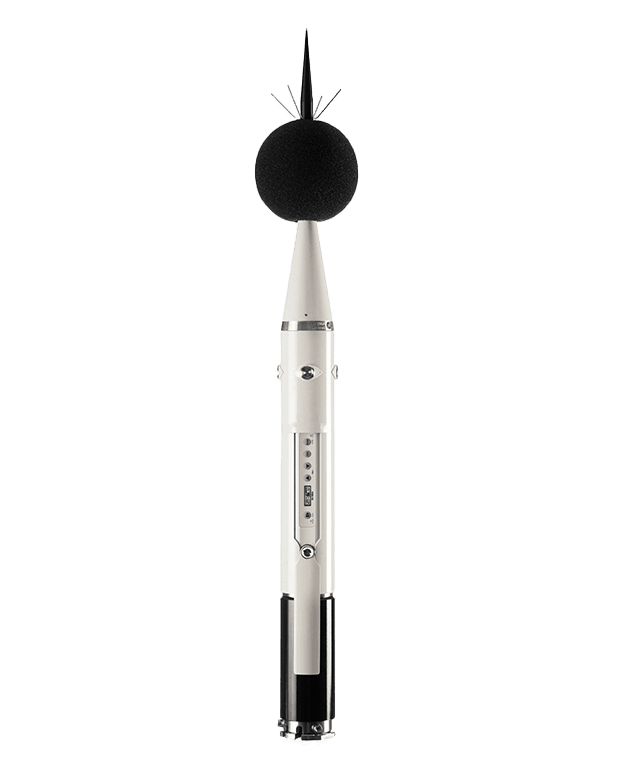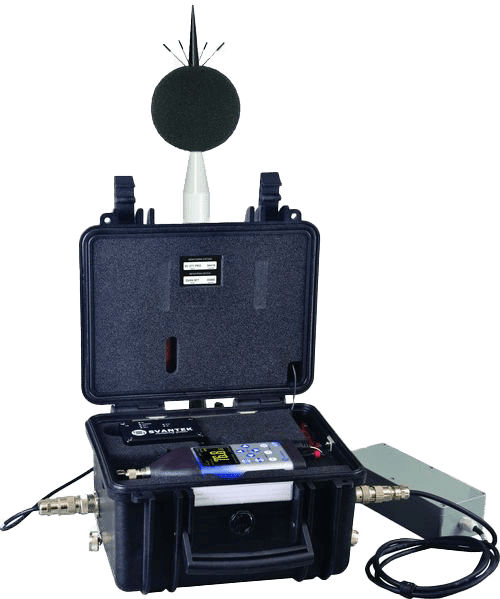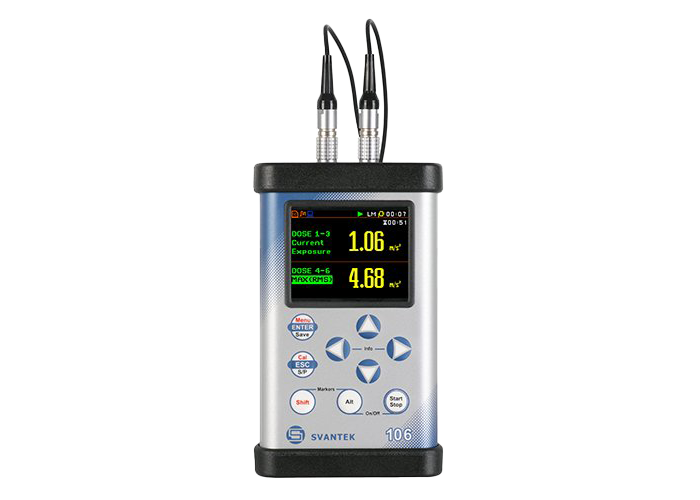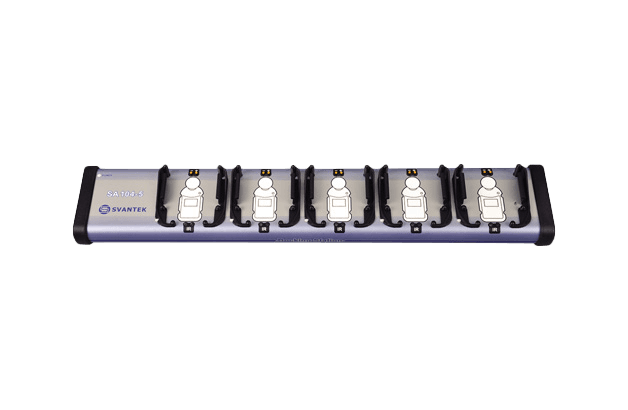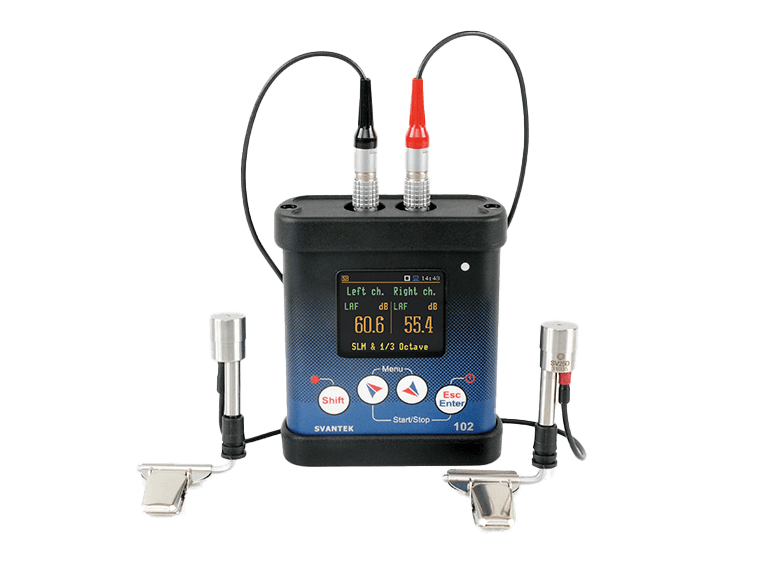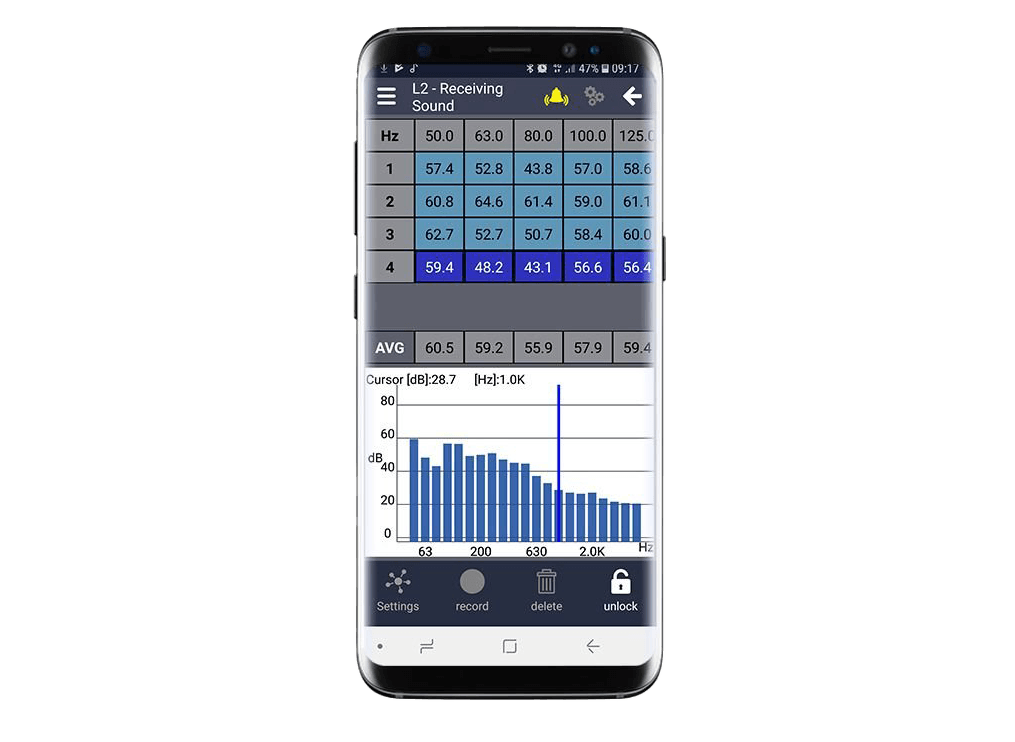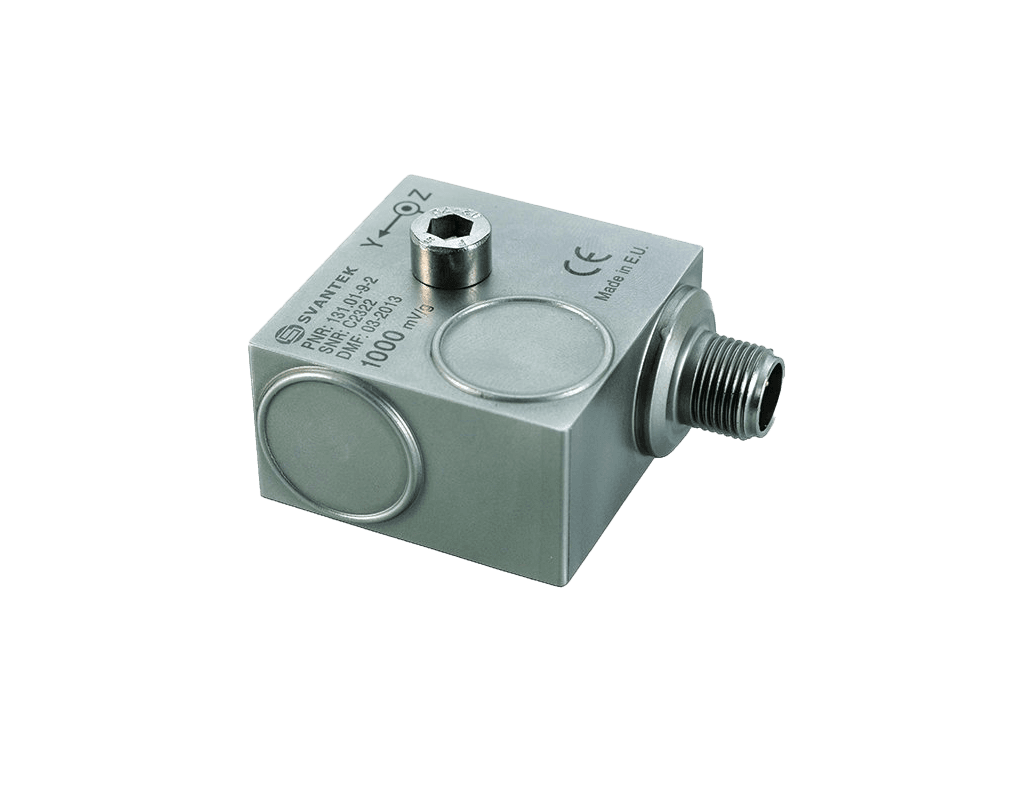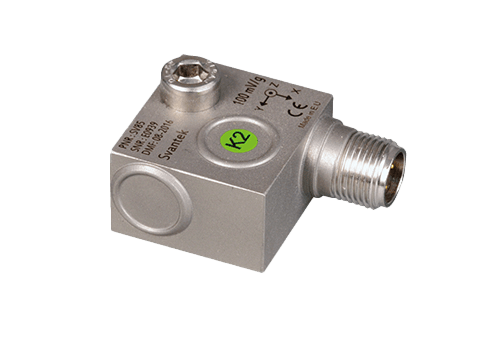by Aidan Hubbard, Sales Director
The world is now filled with badly designed and cheap products, ranging from audio equipment to kids toys, vehicles and machinery. As a consumer you are typically guided by one main thing, this piece of information is usually the first thing and the last thing that will go through your mind when making your final decision on what to purchase. I’m talking about the PRICE.
The price will give you a window of availability. It’s your window of affordability, your budget. Out of 10 selected and known vibration systems, maybe only 5 systems will be in your window. This is a good place to start. This is you exercising your natural filter for product selection, almost a reverse of sales qualification.
The price is a guide, it will give you an indication on what something is worth and of the quality, but also the level of specification it will deliver and how robust (how long it will last) it will be.
I would love to say that this applies to the acoustics and vibration market. Unfortunately, the vibration market is a mine field for purchasing teams and acoustics consultants alike.
Unfortunately, most vibration systems range in the price window of £3800 – £6000. Use my guide to make sure that you get the best value for money, delivering you the correct system.
Why?
Sensors
There are different sensor types: MEMS accelerometers, accelerometers and geophones. Should you guide your decision making on price and on sensor selection? When purchasing a vibration monitoring system, your main application will no doubt be construction and demolition. This means you will require several measurement parameters but nothing is as important as PPV (PEAK PARTICLE VELOCITY), so why not measure it directly with a geophone? Every other sensor requires a mathematical change in measurement to get to the result. Another step in the measurement chain to potentially go wrong.
Battery
There are different battery options. Half of the systems in your budget window of choice will have two boxes as part of the system you get delivered, the vibration system and an external battery. Sometimes having more hardware for your money is a bad thing! Find a system with an internal battery that still gives you over 3-4 months of monitoring without the need of a power supply or external battery.
At this point you would have narrowed your search down to around 3 systems.
What system gives you above and beyond your base specification requirements, your MUST haves! Does one system give you extra parameters? Extra years of warranty? Do they have a calibration and service in house here in the UK? These are the questions you must ask your suppliers as this is a relationship that will last for over 10 years (as you are now looking at the robust systems).
Let me give you a tip, get your supplier to give you a free 1–2-week trial of the kit, the proof is in the pudding as they say. This will give you several things, exposure to the tech support offering of your supplier, the knowledge they have in supporting you and your future projects. Hands on experience with the equipment that you are about to spend thousands of pounds on. Plus, the bonus of having a few free weeks of monitoring with good equipment.
So, the key question, what is the perfect price to pay for a system that give you the best functionality, the best performance and the highest specification.
£4000 – £4500 seems to be the ball park figure, but remember this is NOT the filter to this alone. Combine the factors we discussed here to get the perfect result, and you will enjoy earning money or collecting valuable data for years to come.
